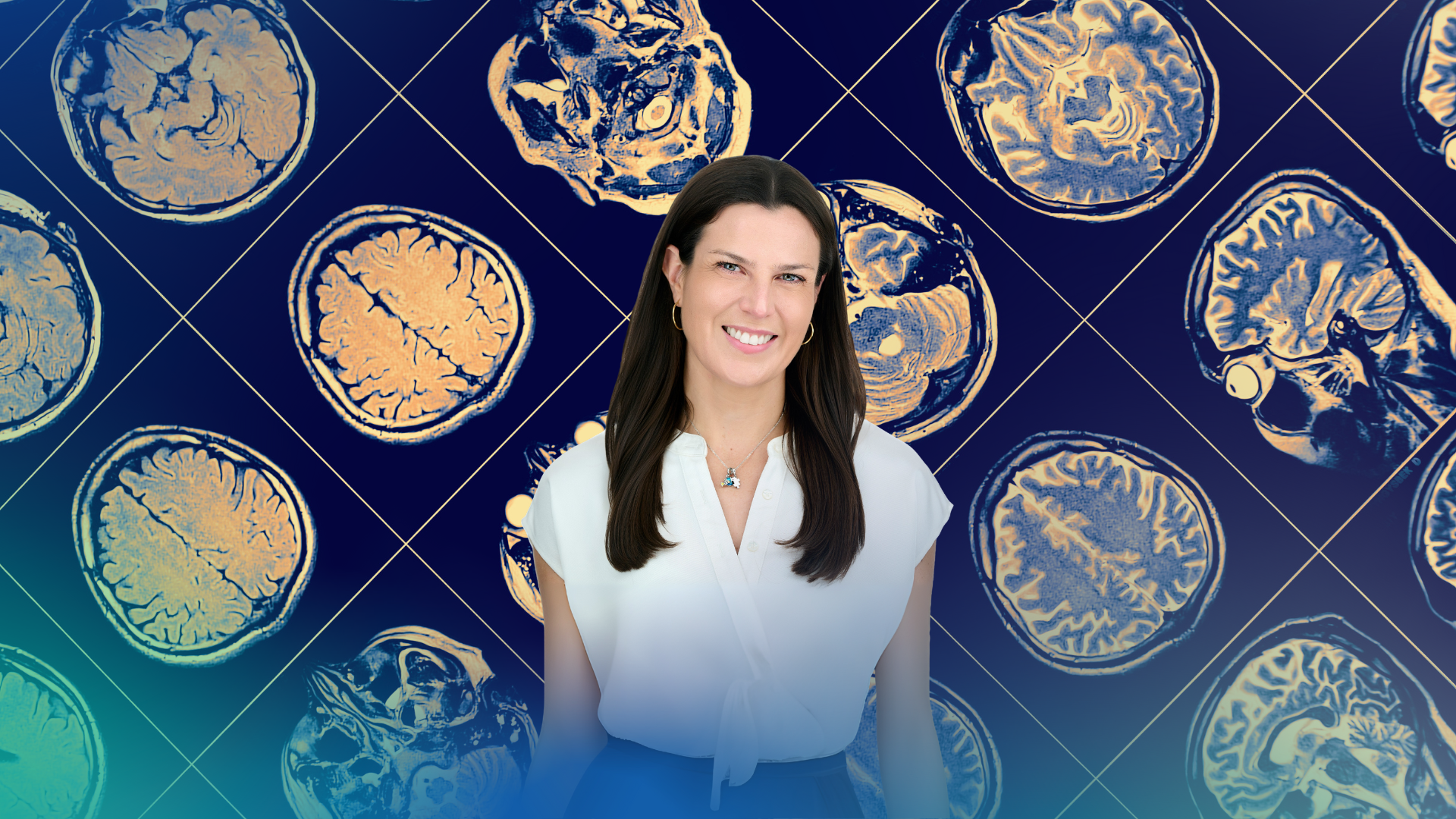
A revolutionary new material for the treatment of chronic subdural hematoma (cSDH) – a type of bleeding on the surface of the brain, most commonly after a head injury in older adults – is showing promising results in a multi-centre, human clinical trial led by Coordinating Principal Investigator, Dr Lee-Anne Slater, an Interventional Neuroradiologist at Monash Health.
Under Dr Slater’s leadership, Monash Health has played a pivotal role in developing the clinical data behind NeoCast ™. Patients were recruited for EMBO-02 through Monash Health hospitals, with all participants being followed for 180 days. Additionally, subjects were recruited at Gold Coast University Hospital and Sir Charles Gairdner Hospital.
‘I am excited to be a part of this research. It is my personal vision to take on studies that matter and contribute to our ability to deliver leading-edge care,’ said Dr Slater.
‘This was a great opportunity to be involved in building early evidence that will help innovative technologies, like NeoCast, to eventually reach other physicians and patients globally, and I’m so proud of the entire Monash Health team that helped to advance the technology.’
Understanding the condition
Chronic subdural hematoma (cSDH) happens when blood slowly accumulates between the brain and its outer protective layer (the dura). This buildup usually follows a minor head bump or fall, especially in older adults, essentially forming a bruise.
cSDH is becoming the most common neurosurgical condition in people 65 and older. If left untreated, it can cause serious disability or even death in the elderly.
Common symptoms include headaches, confusion, drowsiness, and changes in memory or behaviour. Some people may also have dizziness, nausea, vomiting, weakness and numbness, particularly on one side of the body.
While treatment depends on the size of the bleed, management may include surgery, where a small hole is made in the skull to drain the blood and relieve pressure, and/or embolisation.
Embolisation is a minimally invasive procedure that blocks the tiny ‘leaking blood vessels’ that are the underlying cause of the disease.
A Materials-first Approach
NeoCast™ is a novel solvent-free, non-adhesive liquid embolic, designed to treat cSDH and other neurovascular conditions requiring deep and consistent penetration of the microvasculature, like brain tumours.
The material, created by Boston-based startup, Arsenal Medical, uses shear-thinning science combined with blood flow to navigate and occlude the smallest blood vessels first, and without causing pain.
‘Legacy liquid embolic agents can perform inconsistently. The available options either contain sticky adhesives that can lead to equipment getting stuck or have harsh solvents that can cause pain during and after injection. NeoCast performs consistently and predictably,’ said Dr Slater.
‘Because it contains no solvents and we expected it to be pain free, we studied its use in awake patients. Most procedures using current technologies are performed under general anaesthesia because of pain and issues with how predictable and visible these technologies are. The ability to perform the procedure with NeoCast without general anaesthesia is a game-changer.’
The EMBO trials: from tumours to hematomas
The first-in-human use of NeoCast was the EMBO-01 trial, led by Dr Slater. This trial focused on blocking the vessels supplying brain tumours to help reduce bleeding during the surgical removal.
The study found that treatment with NeoCast resulted in reduction in blood flow to the tumour and demonstrated the potential to reduce blood loss and to shorten the surgery times for tumour removal.
Building on this success, the EMBO-02 trial evaluates NeoCast for middle meningeal artery embolisation (MMAe), which is a minimally invasive procedure to treat cSDH. In patients who have completed the study, EMBO-02 demonstrated that 90% of hematomas had been cleared and were fully resolved.
Additionally, in patients who were awake during the procedure, there were no reports of pain during the injection of NeoCast or increased headaches within 24 hours.
Looking Ahead
The EMBO-02 trial completed enrolment in August 2025; the study will end by March 2026. Dr Slater continues to present research findings internationally, and most recently, in July, at the Society of NeuroInterventional Surgery (SNIS) 2025 conference in Nashville, USA.
‘The first human use is an important milestone for any innovative, groundbreaking product, and selecting the right clinician to entrust is critical. We are extremely grateful to Dr Slater for her clinical expertise and thoughtfulness,’ said Dr Upma Sharma, CEO of Arsenal Medical.
While NeoCast is not yet approved by the US Food and Drug Administration for clinical use, the EMBO trials mark a significant step toward making this treatment available at Monash Health.


